All About White Vienna Rabbits

The White Vienna Rabbit is definitely a beauty. With their stunning all-white coat and pale blue eyes, this lovely bun breed makes a very welcome addition to your family. But that’s not just because of their gorgeous looks. White Vienna Rabbits have other traits that make them good companion animals.
If you’re thinking of getting one for a pet, let us give you an idea of what this charming rabbit breed is all about.
This post contains affiliate links. Affiliate links support Every Bunny Welcome at no additional cost to you. I receive a commission if you choose to make a purchase through these links.
Where Did the White Vienna Rabbit Originate?
Breeders introduced the Vienna rabbit breed in Austria in the late 1800s, and it came in white, agouti, and slate blue colors. Then, in 1907, Wilhelm Mucke, an Austrian breeder who longed to create an all-white rabbit with blue eyes, finally managed to achieve his goal. After 15 years of breeding experimentation, Mucke came up with a perfectly white rabbit without the typical red eyes. This bun type quickly became one of the most popular breeds in Europe. Hence, Mucke became known as the Father of the White Vienna.
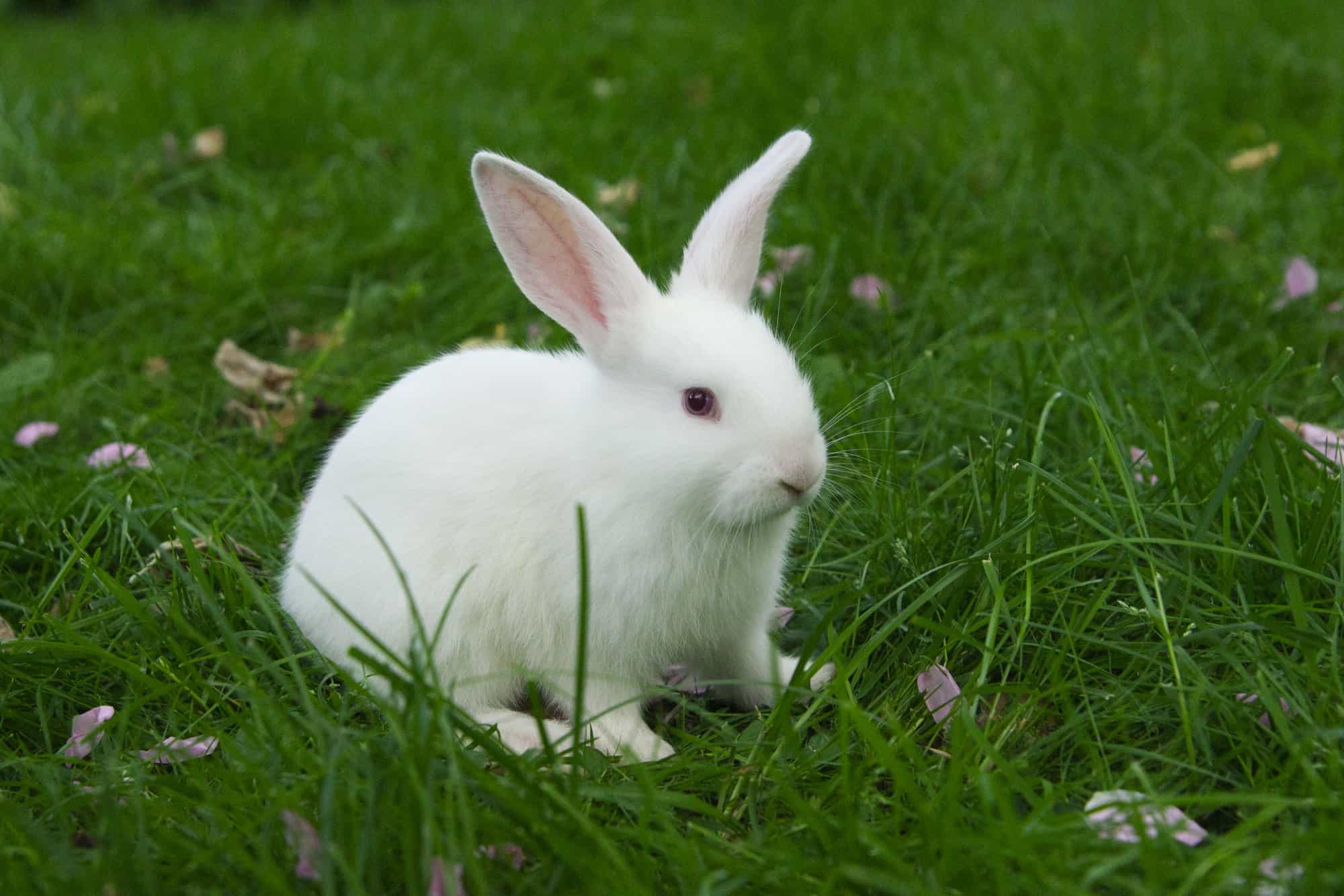
White Vienna Rabbits: A General Description
Their soft, silky white fur and lovely blue eyes are the most notable physical traits of White Vienna Rabbits.
Considered a medium to large breed, these buns have well-developed muscles on their barrel-shaped bodies. In addition, their ears are furred, which is another distinctive trait of the breed. Those furred ears are between 11-12 centimeters long and are held erect.
Their lustrous hair grows to about one inch in length and has a dense undercoat. The whiteness of these buns’ coats extends evenly all over the body. This means that both the top layer and the undercoat are pristine white.
Even the whiskers and nails of this rabbit breed are white.
Temperament
Gentle, calm, and affectionate, those words best describe White Vienna Rabbits.
Being docile creatures, they don’t mind being petted and may even demand it when they get used to being handled. Because of their placid nature, they are not for fur parents who want playful, energetic bunnies. Instead, this rabbit breed’s easygoing personality makes them more suited for seniors or singles who need to leave their rabbits home when they go to work.
Health
Fortunately, White Vienna Rabbits are not prone to any breed-specific ailments. So what you just have to watch out for are the usual health issues rabbits usually develop. These conditions include overgrown teeth, GI stasis, ear mites, and other parasitic infestations and hairballs.
How to Take Care of a White Vienna Rabbit?
Where to keep your rabbit
You can house your White Vienna Rabbit either indoors or outdoors. What’s more important is that you adequately provide for their needs. However, we recommend keeping your bun inside as this allows you to form a closer bond with your pet.
The enclosure or indoor habitat should be large enough to allow your bun to stretch and hop around. Provide them with rabbit-friendly bedding and make sure that the floor of their cage has an area with a soft surface to make it less likely for your bun to develop sore hocks.
Exercise requirements
White Vienna Rabbits are calm and docile. Still, they need space to roam about freely. So if you’re keeping your bun in a cage, make sure you let them out a few hours a day to get some exercise.
Don’t leave your pet on their own if you allow them to play outdoors. Keep an eye on them to ensure their safety. Rabbits are strong and agile. One mighty leap is enough to send your bun over a low fence. They’re also excellent diggers. That means your fur baby can easily tunnel under the barriers you set up.
Grooming
The dense, flush coat of White Vienna Rabbits requires a bit more grooming than your typical domestic rabbit. So instead of the usual once-a-week brushing, you may need to do the practice two times weekly. Brushing them twice a week will help minimize shedding and keep their coat soft and shiny as well.
However, when molting season comes, we recommend that you brush your bun daily to prevent matting and keep them from swallowing too much hair. Ingesting a large amount of fur can lead to blockages in the digestive tract.
Your bun’s skin is delicate and easily damaged, so use a brush that’s comfortable for them and won’t scratch their skin.
Feeding requirements
White Vienna Rabbits have identical nutritional needs to other bun breeds. This means a daily diet of high-quality hay, fresh veggies, and some pellets. Hay should comprise the bulk of their diets because rabbits need fiber for a healthy digestive tract. It also helps grind down their perpetually growing teeth.
Your pet should also get leafy, green vegetables or herbs every day. Fruits and root crops, such as carrots, should only be given as treats and only in small amounts. Rabbits don’t usually eat fruits and root veggies in the wild, so having too much can upset their digestive system.
Don’t forget to provide your pet with a continuous supply of fresh, clean water.
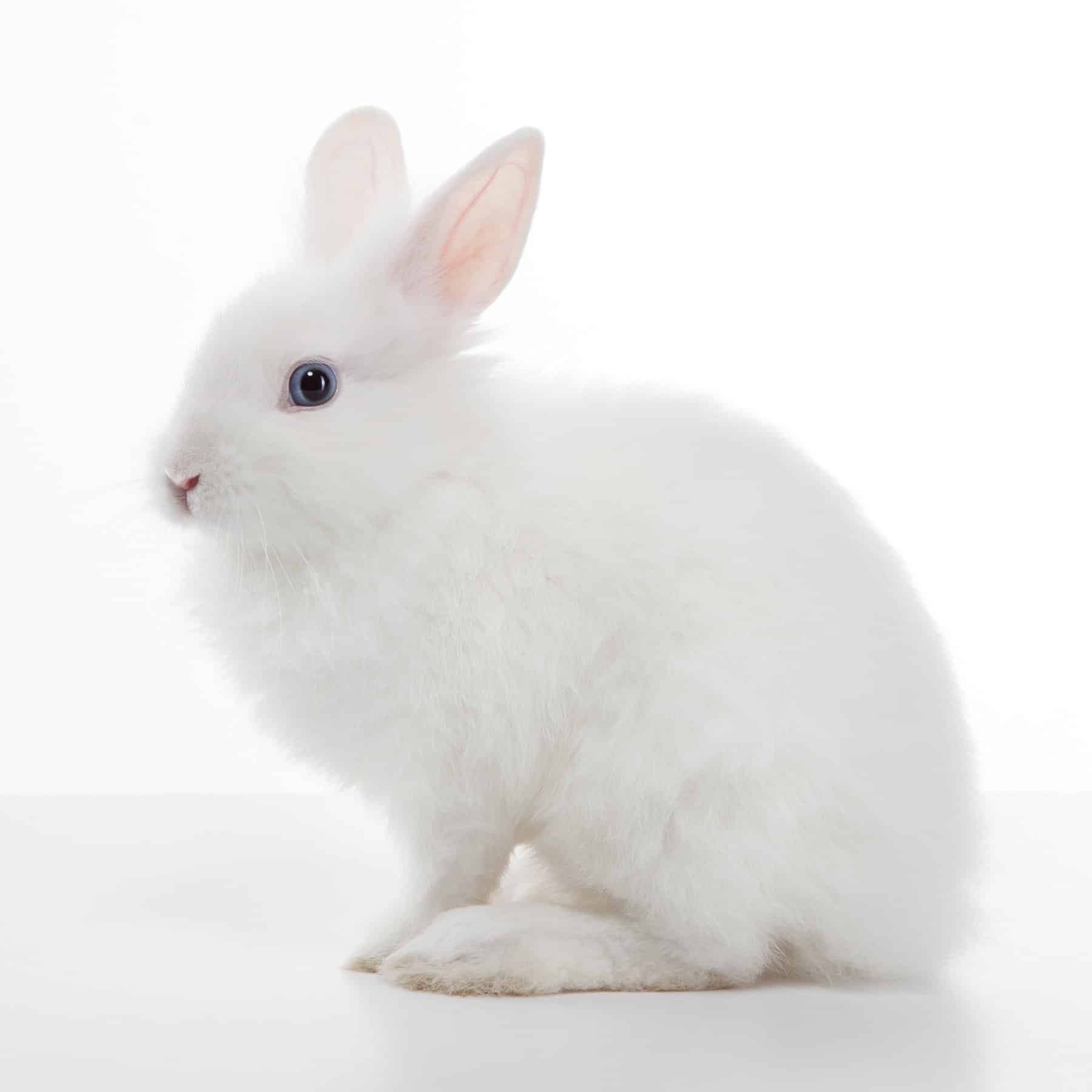
How Long Do White Vienna Rabbits Live?
Provided with the proper care, White Vienna Rabbits live between 6-12 years. Of course, genetics still play a role in the lifespan of a bunny, so make sure you get your pet from a responsible breeder.
How Do You Keep White Vienna Rabbits Healthy?
It doesn’t take a lot to keep your bun in top form and head off possible health problems down the road.
Here are some of the things that will help ensure that your lovable pet lives a long and happy life:
- Provide the right nutrition.
- Make sure they have a clean environment with enough space to move around.
- Have your bun vaccinated against deadly rabbit diseases, such as Viral Hemorrhagic Disease (VHD) and Myxomatosis. Caused by potent viruses, these diseases are highly infectious and pose lethal threats to rabbits.
- Look into deworming and flea treatments.
- Have your bun spayed or neutered if you don’t intend to breed them. Desexing aids in preventing diseases of the reproductive system, urine marking, and a litter of unwanted bunnies if you have multiple rabbits.
- Make it a habit to check your bun’s body regularly to spot any abnormalities. Likewise, be on the lookout for sudden changes in behavior.
White Vienna Rabbits will surely melt the heart of any bun lover with their pure white coat and lovely blue eyes. Moreover, this breed’s easygoing and affectionate nature makes them attractive pets, especially for those who want a calm and loyal fur buddy by their side.
Other Types of Rabbits
- How Big Do Holland Lop Rabbits Get? Complete Guide
- How Long Do Flemish Rabbits Live: Giant Breed Facts
- Are Rabbits Rodents? Find Out More About These Small Mammals
- How Long Do Holland Lop Rabbits Live?
- All About Bunnies with Red Eyes: Why and How They Get Red Eyes
We hope you enjoyed this post! If you did, will you give it a share or two 🙂 Thank you! ~from Every Bunny Welcome



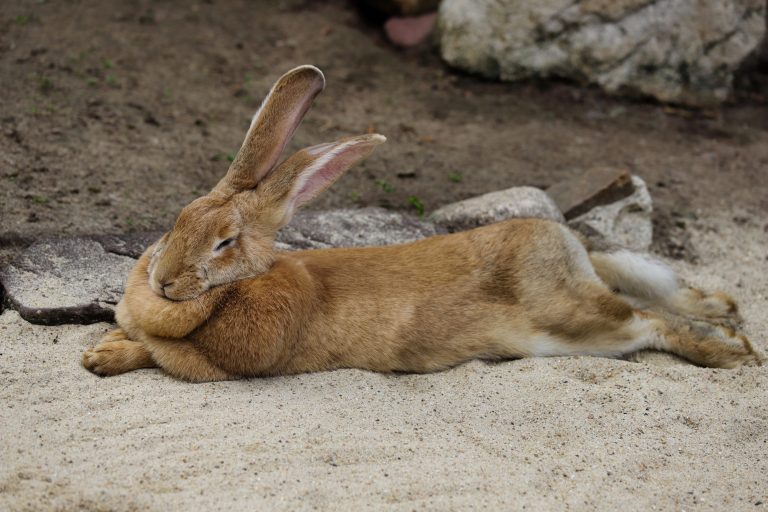
![Angora Rabbit Facts [Updated 2022]](https://everybunnywelcome.com/wp-content/uploads/2022/01/angora-rabbit-facts-768x512.jpg)

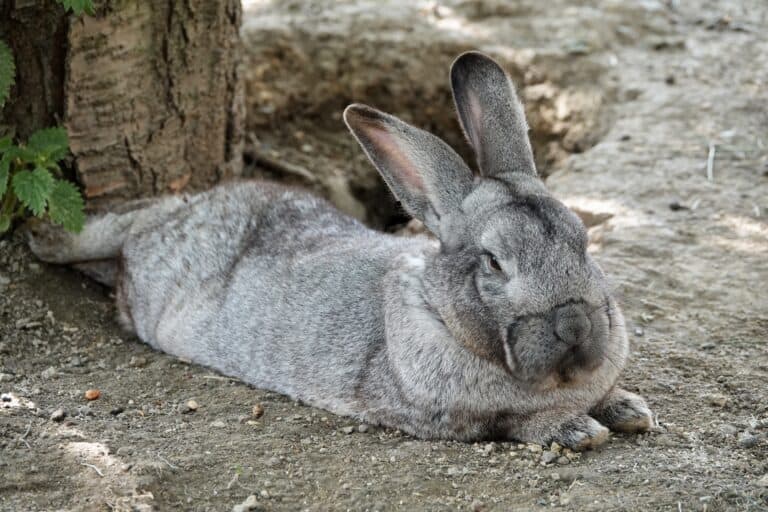
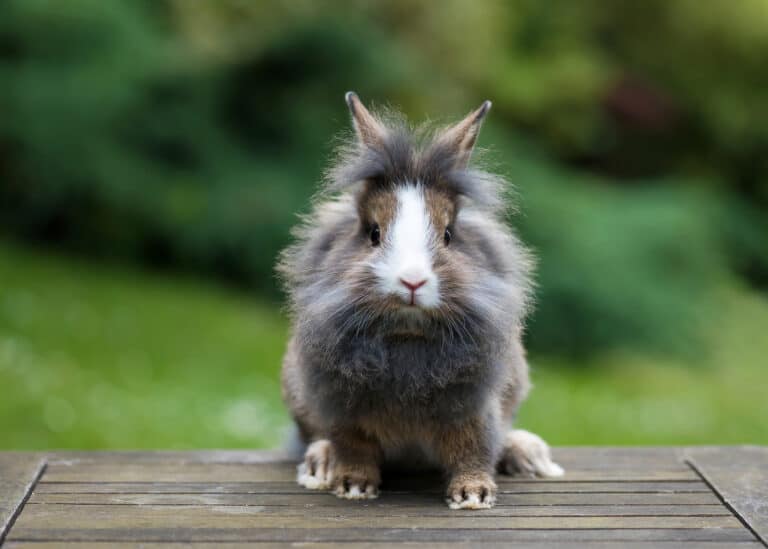
Thank you so much for the very useful information.
So glad it’s helpful!
Christine